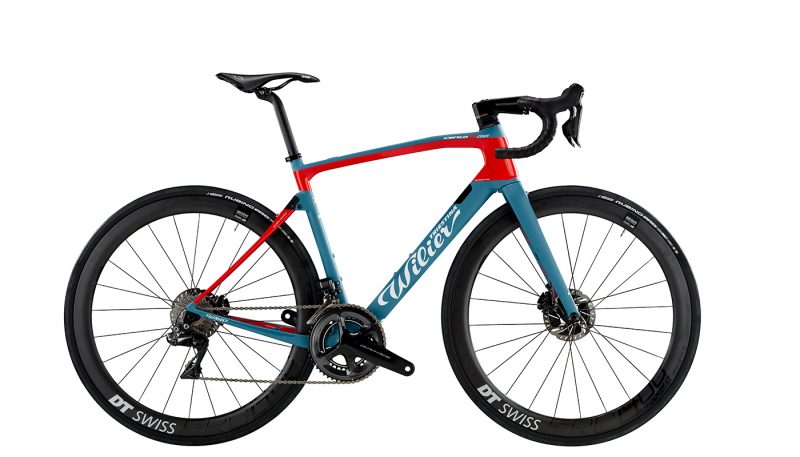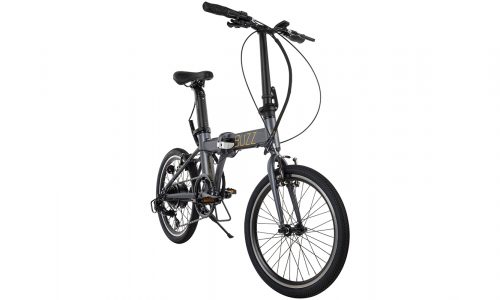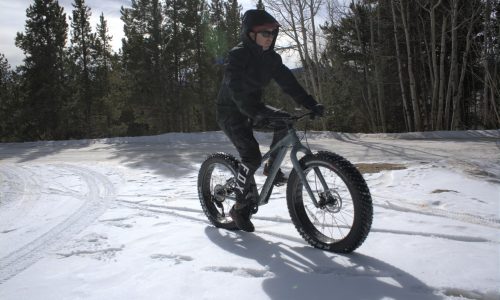Home » Gear Reviews » Biking » Road Bikes » Endurance Road Bikes » Wilier Cento 10 NDR
Wilier Cento 10 NDR Review
January 22, 2019



















 84
84 The Good
- Rear dampening
- Downhill prowess in the corners
- Shimano Ultegra DI2
The Bad
- Quick front end
- Flex in the climb
- Deep dish rims in the wind
Wilier’s Cento 10 NDR is a full carbon race quality bicycle with an aluminum link on the rear triangle below the seat stays that allows for a modicum of movement. The cushioning is achieved by compressing a “technopolymer” (read rubber) material allowing the rear axle to move upwards about 3mms. The Actiflex can be adjusted by changing out the technopolymer plug for stiffer or less stiff. The frame shares much with Wilier’s aero racing bike, and that design influence is apparent in the aerodynamic nature of the bicycle, and also in the ride quality which can only be described quick and efficient. The Willier attempts to be at once a cobble or gravel capable machine, while also being a weekend racer. It largely succeeds.
Ride Quality
The ride quality on the Wilier Cento 10 NDR is varied. On difficult surfaces where speed and efficiency are paramount, there is no other bike we tested that we would prefer to ride. The rear suspension works, you can feel it, and occasionally on a big bump, even hear it. The rear axle is moving about 1/10th of an inch, which compared with a fully rigid bike is a long distance. It achieves this dampening of the rear end at very little cost, where the only time a penalty is apparent is during full exertion out of the saddle, for example driving through a deep switchback on the inside line. In that situation, the bike lacks a bit of snap.
Stiffness-to-Weight/Power Transfer
Shimano’s Ultegra 11 speed crankset R8000 is stiff enough for this rider. The carbon monocoque (one piece) front triangle has no apparent flex. There is some energy-thieving flex by design in the rear triangle, but only is the most aggressive moments such as deep sprinting, or out of saddle climbing when going hard. There is a carbon monocoque front fork, which is extremely stiff, as well as a Wilier Triestina Stemma which is carbon and overbuilt with no flex. The only flex in this bike is by design, and a worthwhile trade-off if you are seeking some relief on the long ride.
Climbing/Efficiency
Climbing on the Wilier Cento 10 NRD is joyful. The stance is comfortable and relaxed, and at 18 lbs, the bike is light enough. Our Shimano Ultegra R8000 cassette is amply diverse with 11/30 gearing coupled with 50/34 on the front chainrings. The front end is a bit long in the interest of achieving aero performance, which can make climbing less comfortable- easily changed with a shorter stem. The Actiflex rear dampening is not apparent by this rider until approaching maximum effort, for example, attacking the inside line of a switchback. In that case, the rear end of the Wilier is a bit soft.
Descending/Handling
The Wilier has two distinct personalities on the downhill. One is that of a downhill carving machine that corners as if on rails and sings on a technical downhill. Truly a marvel to push the Wilier to its limits inside a steep switchback, it doesn’t disappoint. The other aspect of the Wilier in the downhill is of a less confident descender on a faster straighter slope where the more forward stance on the bike coupled with the Mavic Cosmic Elite Disc wheels that can get pushed around a bit in the wind. Again, a shorter stem would make the Wiler feel more stable on the fast downhill, and of course, deep rims always suffer in a crosswind.
Components: Drivetrain, Shifting, and Brakes
Shimano’s DI2 drivetrain and derailleurs are a joy. Just don’t forget to charge them as this reviewer did. The shift on the DI2 is crisp. The lightest of action on the paddles move the derailers up/down. Hold the shifter paddle in and the whole cassette can be dumped in a couple of seconds- this takes some getting accustomed to, but is a great feature. Shimano’s Ultegra 8070 shifters are slight in the palm, allowing full hand wrap around the hood. Ultegra 8070 disc brakes with 160mm discs are fully capable of stopping the bike with minimal hand effort, though lacked some modulation (binary in testing, either on/off) during testing.
Wheelset
Mavic’s Cosmic Elite Disc rims are standard on the Wiler. An economy-minded aluminum rim with 30mm of depth, aero hubs, and straight-laced bladed spokes, this wheelset is adequate on the Wilier. Wheels of this depth will pay dividends on the ride with noticeable aero performance, yet they don’t work well in crosswinds.
Value
At $7,350, with DI2, the Wiler feels appropriately priced considering the racing pedigree that comes along with this frame.
Seth Portner has been riding and racing mountain bikes since the late 1990s, specializing in XC, marathon and ultra-marathon events. He also enjoys regular multi-day road tours, and is an accomplished ultrarunner and XC skier. Seth, his wife and their daughter all split their time between Lyons and Winter Park.




















No reviews have been posted for this product.
Use this gear?
Join Gear Nation and leave a review!
Create an Account